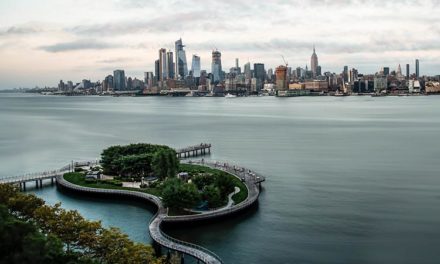Mauritius, a jewel in the ocean, boasts a past painted by Dutch, French, British, African, Indian, and Chinese influences. Each culture left indelible marks, weaving a social and cultural fabric that’s as diverse as it is harmonious.
From the pulsating beats of Sega to the fragrant spices in its cuisine, every aspect of Mauritian life reflects a legacy that has evolved over centuries.
1. The Sega Dance: Rhythms That Echo The Island’s Spirit

The Sega dance, a UNESCO Intangible Cultural Heritage, encapsulates the island’s spirit. Originating from the African slaves, Sega is performed to the rhythmic beats of traditional instruments like the ravanne and triangle. It’s a dance of freedom and joy, often seen at beachside bonfires. For those wanting to immerse themselves fully, Exoticca trips to Mauritius offer a chance to witness Sega in its most authentic form, where the rhythm moves not just the feet but the soul.
2. The Cuisine: A Culinary Voyage Across Continents
Mauritian cuisine is a feast for the senses, blending Indian spices, Chinese stir-fries, French savoir-faire, and African vitality. One cannot speak of this island’s culture without mentioning dishes like Dholl Puri, a favourite street food, or the exquisite Bouillon Poisson, reflecting the island’s relationship with the sea. Sampling the local fare is akin to taking a voyage across continents, with each bite telling a story of migration, trade, and cultural exchange.
3. The Festivals: A Year-Round Celebration Of Diversity
Mauritius is a land of festivals, celebrating everything from the Chinese Spring Festival to the colourful Hindu festival of Holi. Diwali, the festival of lights, sees the island aglow with lamps, symbolizing the triumph of good over evil. Meanwhile, the Cavadee festival showcases the Tamil community’s devotion, with elaborate rituals and piercing ceremonies. These celebrations are not just tourist attractions; they are the heartbeat of the island’s ethos.
4. The Architecture: Storied Structures And Colonial Elegance

The island’s architecture is a chronicle of its colonial past, with French villas, British colonial mansions, and Indian temples dotting the landscape. The Château de Labourdonnais, a restored plantation house, allows visitors to step back in time, while the vibrant Maheswarnath Mandir temple in Triolet shimmers with the devotion of the local Hindu community. Each building tells a story, and each façade holds a memory.
5. The Art And Craft: Preserving Traditional Know-How
Mauritian art and craft are a tribute to the island’s ingenuity. The delicate basketwork, the vibrant textiles, and the intricate model ships are not just souvenirs but symbols of craftsmanship honed over generations. These traditions, passed down from elders to the youth, ensure that the island’s artistic legacy continues to thrive.
Conclusion: A Cultural Odyssey Awaits
Mauritius, with its colourful tapestry of cultures, offers a cultural odyssey like no other. The island’s traditions and history are not relics of the past but living, breathing elements that shape everyday life. As the world becomes increasingly globalized, Mauritius stands as a testament to the beauty of cultural diversity and the strength found in unity. Whether through the rhythms of Sega, the flavors of its cuisine, or the warmth of its people, the island beckons travellers to partake in its rich cultural heritage.















